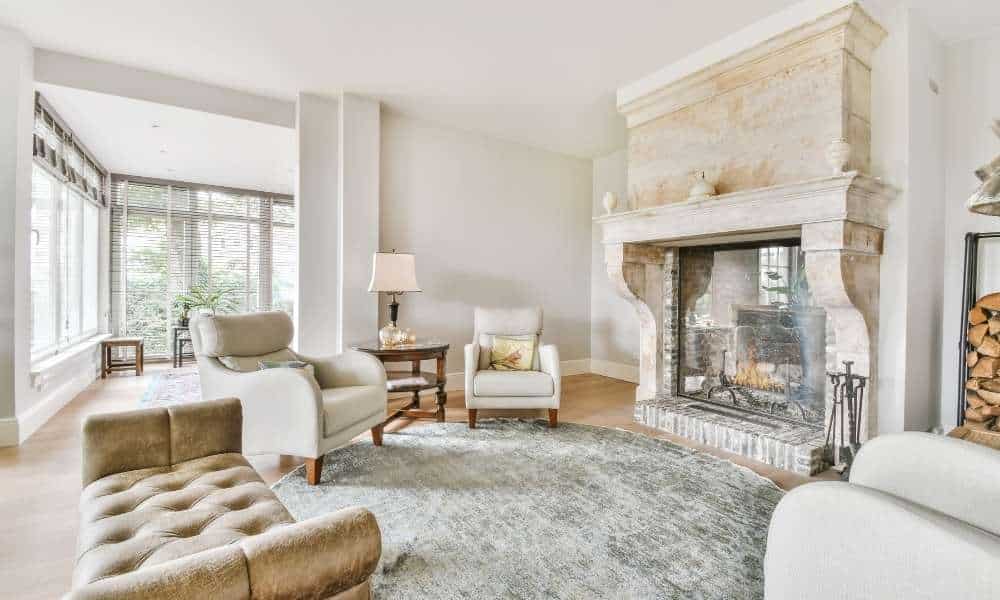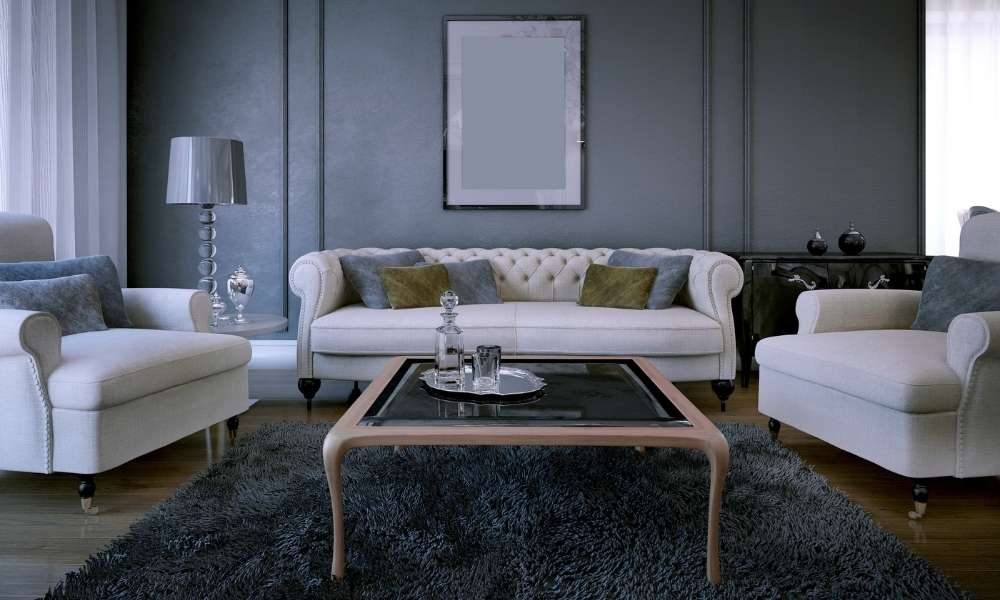A living room is a space for gathering, love, and laughter. It should be inviting and cozy. A good way to start is by choosing the paint color. One of the ways that will help you choose the right color for your living room. Is by considering the furniture in it. Here are some tips to help you choose your living room paint colors. How to Choose Living Room Paint Color.
Think About the Light in Your Living Room

Whether you have a lot or a little natural light in your living room. It will affect the type of paint color you choose. For example, if you have a lot of natural light in the room. Your best bet is to paint with warmer colors that are more inviting. And if you have little natural light, paint with cooler colors that are more vibrant. Choose Living Room Paint Color.
The Emotional Effect Of Paint Colours

Paint colors can evoke different emotions in us. So keep this in mind when selecting one for your living room. For example, blue would be calming while yellow would be bright and uplifting.
The Amount of Time Spent in the Room Will Also Affect The Color Choice

The time spent in the room will also affect the color choice. If you spend a lot of time in your living room, you might want to go with a lighter hue. So it doesn’t feel like you’re living in darkness. If you spend very little time in your living room. Then it’s okay to go with dark colors that create drama.
Here are some that help to choose to living room paint color
- Consider the furniture.
- Consider the furniture when selecting paint colors for your living room (i.e., if there are wood pieces, then beige or light brown would work well; if there are dark woods, then opt for cooler hues).
- Stay away from white unless you want to make something pop out.
- Keep the number of colors used to a minimum of one or two (i.e., light blue and grey).
- Use complementary colors to balance each other out (i.e., blue on the yellow wall).
- Pop! If you want to make something stand out, use an opposite color (i.e., red on the green wall).
Living Room For Entertaining

If you’re planning to entertain a lot in your living room, it’s best to have neutral paint colors there. This way, you can decorate with various colors for different occasions.
Living Room for chilling out

It’s important to consider the amount of time you spend in your living room and your primary activity when you’re there.
- Consider the style
- Determine how much light your living room gets and what kind (natural or artificial).
- Be sure to take into account the furniture that will be in it.
- Don’t forget to ask yourself: What color do I want my walls and trim to be?
- Paint colors can evoke different emotions, so keep this in mind when selecting one for your living room (i.e., blue would be calming while yellow would be bright and uplifting).
Know what you’re looking for
- When choosing paint colors for your living room, consider how much time you spend there. Do you use it often? If so, the color should be more neutral and soothing.
- Let the natural light of your living room help you decide on a paint color. A dark-toned room is best with lighter-toned furniture; while a light-toned room is best with darker-toned furniture.
- Paint colors can have different effects on your moods or energy levels, so be mindful of that when considering paint colors for your living room.
- It’s important to consider what kind of ambiance you’re going for in the space. Is it cozy? Warm? Inviting? Think about what will make this space livable.
- Be sure to keep in mind any existing furniture in the living room when considering paint colors for your walls and trim–darker tones will contrast nicely with light-colored furniture while lighter tones will go best with darker furniture.
- Consider the artwork you have up in the living room–a stark white wall would work well with some art pieces while a deep navy wall may not work as well.
Use Colourful Paint Colours In The Living Room

Some people like to go with bold colors for their living room, while others prefer neutral tones. Whichever you decide on.
make sure that your paint color is appropriate for the space
- The best way to get an idea of how a color will look in a room is to bring a sample home and put it up on the wall.
- Consider whether your living room needs a bold or natural touch.
- If you’re trying to create a comfortable and cozy atmosphere, then a warm color is what you need.
- A cool color will be better if you want something more relaxing and calming.
- When choosing between gray and brown as your paint color, consider which one is going to be most flattering to the furnishings in the room (i.e., brown would be good if you have light furniture).
- Your choice of paint color may also depend on whether your living room has carpeting or not – if it does, then darker shades may show dirt easier than lighter ones would.
Neutrals
Some colors are more versatile than others. Whites, tans, and cream can be used with any style or theme, so they’re good choices for living rooms
If you want to play with patterns, use them strategically. This will help prevent your room from feeling cluttered. Don’t forget about the furniture! One of the ways that will help you choose paint colors for your living room is by considering the furniture in it. A sofa, for example, would look better in a lighter color like tan or white rather than brown or black.
Keep these tips in mind when choosing paint colors for your living room (or any other room). What one is right for you?
Conclusion
Whether you’re looking for a bold pop of color or a more soothing, neutral palette, this guide will help you find the perfect paint color for your living room.
If you have a lot of dark wood furniture, a bright color may not complement your home. Conversely, if you have a lighter color scheme, a dark color may not match well with your space.




